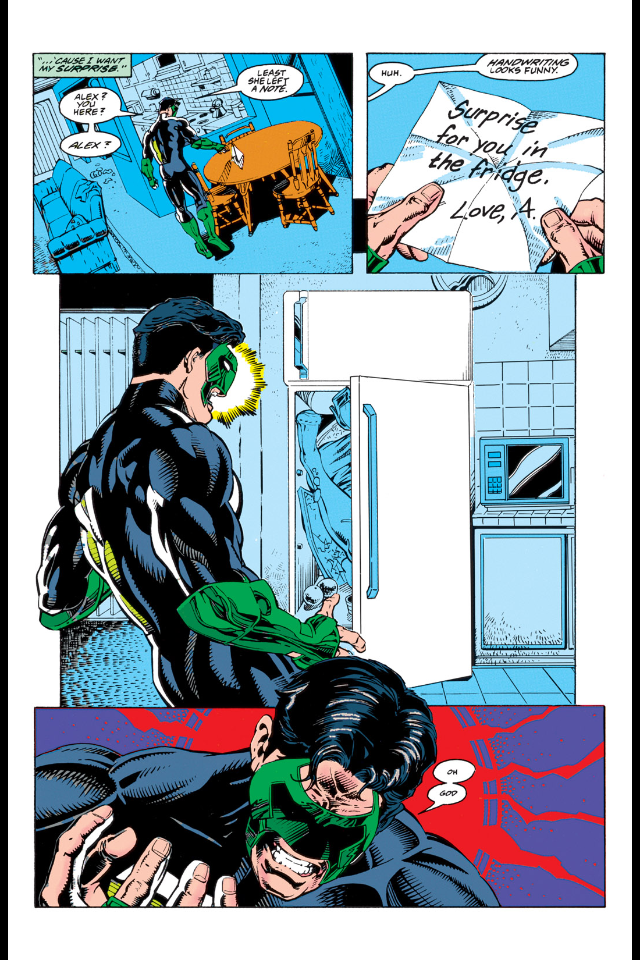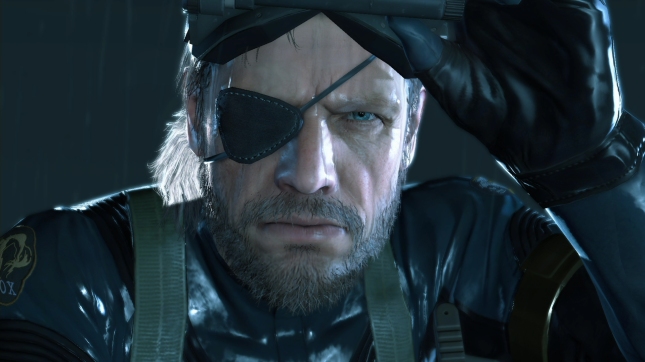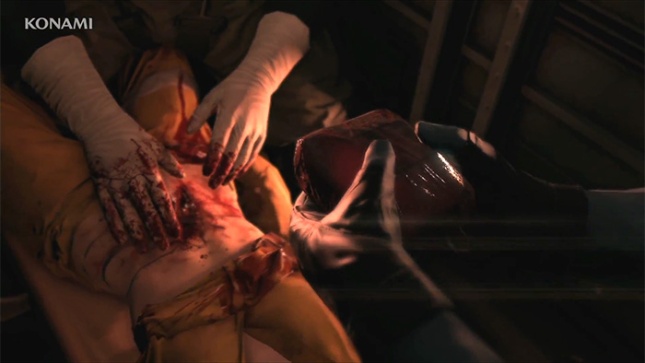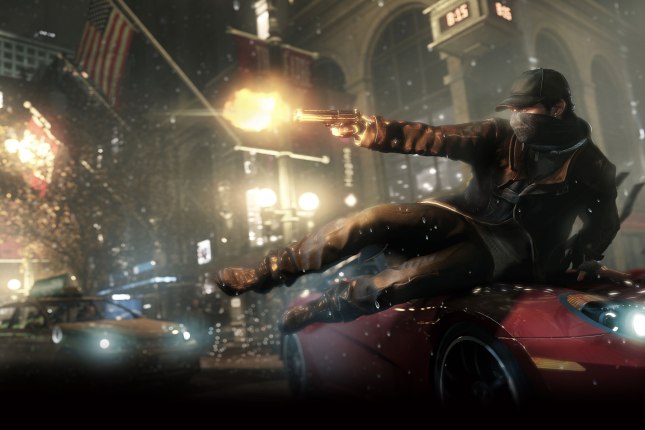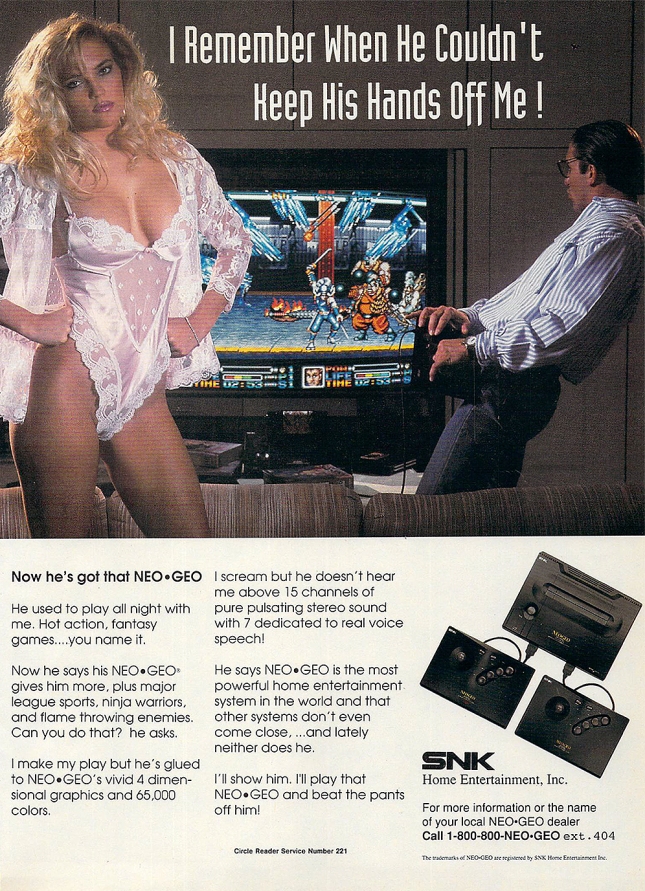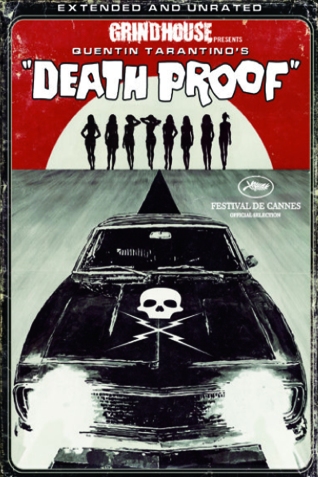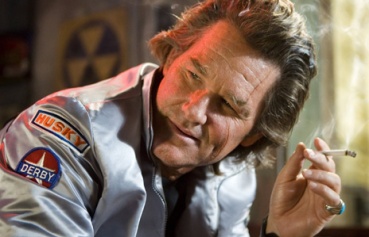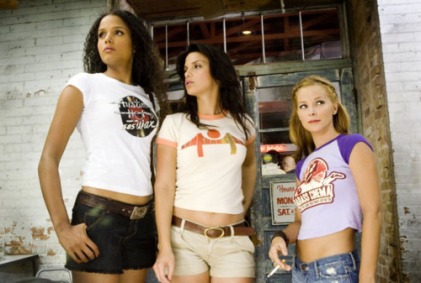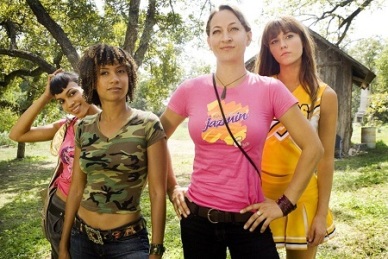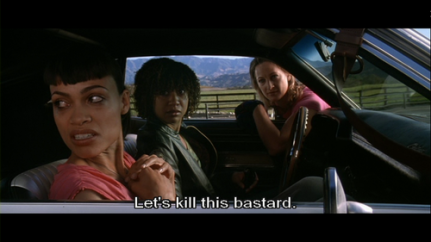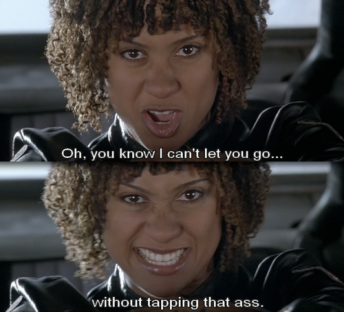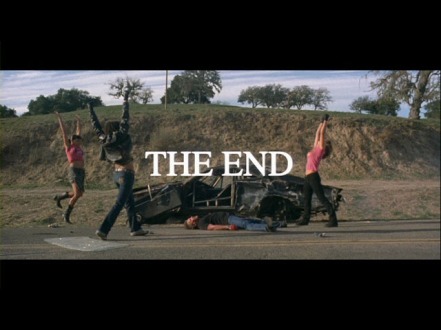I’ve said from time to time that I think we would be better off if we could just stop using the word “Millennials” to describe my generation. I don’t think I’ve ever seen that word written down where it wasn’t meant disparagingly, and it often comes with very little other information to describe what it means.
So, for a bit of background, let’s learn about Generation Y (which is a boring term, but so far doesn’t carry the weight that “Millennial” does) in America.
We are the generation born from around 1980 to around 2000. We were all children when 9/11 happened, and the “post-9/11” global politic has been the one that has shaped us most into adulthood. We are the first generation to have “grown up” with the internet, and we respond quickly to technological advances. We are, generally speaking, more politically liberal than our parents. We are less religious than previous generations, and we are often anti-religion. We have (or had) great expectations of educational and economic success, and have been characteristically disappointed by the world we found ourselves in after school. We also had great expectations of our impact on the world, and have met with frustration over perceived inability to affect change.
I’m sure you can quickly find out more about us, but this paints a broad-stroke picture of the generation of people I believe the graphic short-story Genesis (created by Nathan Edmonson, Alison Sampson, and Jason Wordie) was written for.
The comic is bookended with the simple phrase, “They said I’d change the world for better or worse.” This is an idea that has been offered to the members of Generation Y since the beginning of our education. We were told the stories of Martin Luther King Jr., of John F. Kennedy, of Mother Theresa, even Steve Jobs and Bill Gates. We were told all of these stories and then we were told that we could do so much more!
These were the kind of expectations with which we approached adulthood.
In the comic, the main character becomes a priest, determining that religion was how he would make a difference, but he quickly discovers that — despite the fact that he is speaking to people, and they seem to be listening — nothing is changing.
I can identify with this sentiment, partially as a preacher and partially as a member of this generation. I value words, partially because I was taught that what we write and what we say matter, but also because most of my work as a preacher is centered around words. Words spoken in worship, words in lessons, words in sermons. But at the end of the day, saying something is not the same as doing something, and speaking about change is not the same as seeing change happen.
In the comic, by means of some mystical encounter, the main character gains the ability to change the world just by imagining something. He can create with mere thoughts.
Suddenly his perceived impotence to change the world is gone, and he sets about “fixing” the world. He makes food grow where people are hungry, he provides shelter for victims of a hurricane. He provides for the world in the best way he can imagine, and the world loves him for it.
Then, in an act of selfishness, he changes his wife’s body and it results in her death.
From that point on, his imaginations are dark and twisted, and he is afraid of his own mind. He curses the being that gave him his powers over reality. In the process of trying to undo the damage that he’s done, he learns how his abilities are limited. He can manifest things from his imagination, things that already exist somehow, but he can’t create from nothing.
Eventually, through effort and wrestling with himself he comes to realize the following: He has the power to destroy, the power to change the world, and the power to hurt people – all powers he already had before the mystical encounter.
Without spoiling the rest of the comic, I believe this is the crux of what we are meant to read in this book. It’s the message that Generation Y has to hear, so that it doesn’t get bogged down in the places where it feels like the world is out of its hands. Generation Y needs more than words to take advantage of its power, but the power is still out there.
And like another comic we all know and love told us, “With great power, comes great responsibility.”





